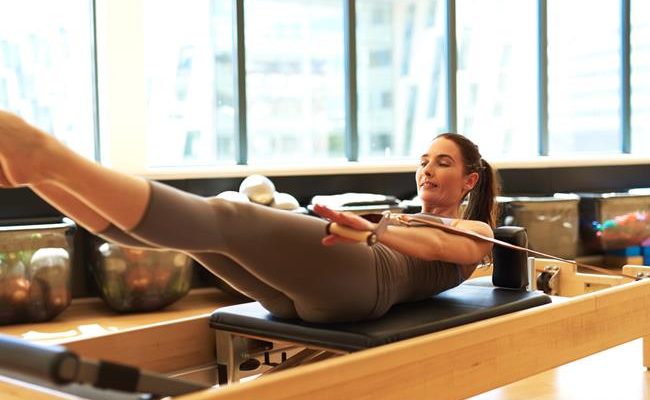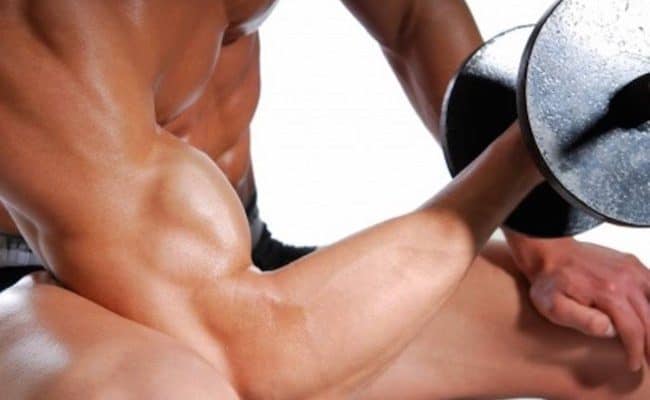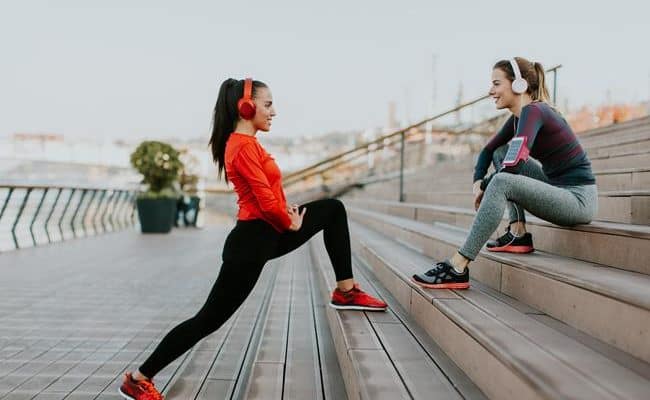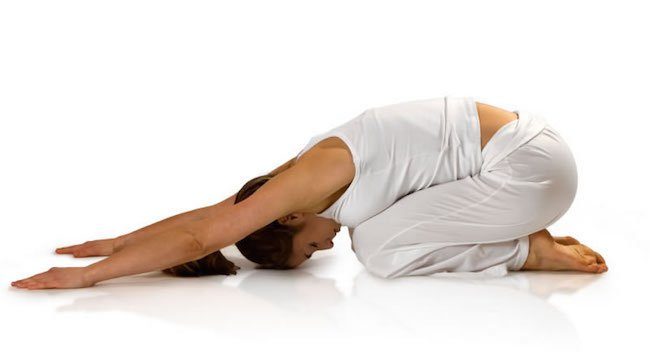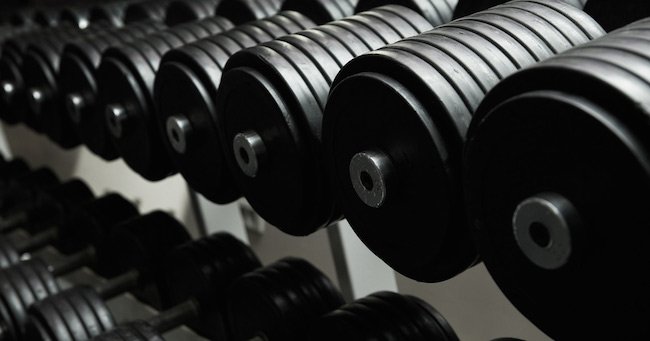
Gyms are filled with inventive and sometimes downright terrifying looking equipment designed to help us become fit and toned. However, there are some machines and exercises that can do more harm than good and should be avoided to stay injury free.
Deep knee bend leg squats or presses
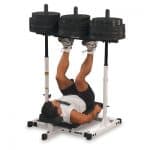
Avoid leg presses and when doing squats make sure the knees are never bent more than a 90 degree angle. The knees should also be directly over the feet when doing this type of exercise.
Sit-ups
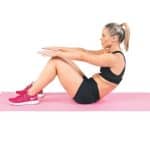
A crunch, where the back remains flat and raises slightly towards the ceiling is a safer and more effective option.
Upleft row
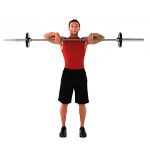
A safer alternative is to do lift the weight in a lateral raise either to the front or the side of the body, remembering to start with a light weight and work up.
Double leg Hyperextensions
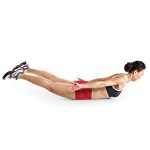
A better alternative is to raise one leg at a time.
Straight leg abdominal curls
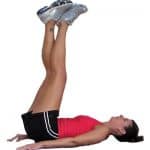
Doing crunches on fit balls can be a good alternative and help to protect the back.
Behind the head lat pull downs
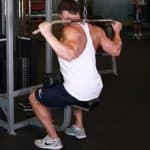
This means that there is a risk of shoulder injury or even rotator cuff damage. Banging the bar on the back of the neck can also cause damage to vertebrae.
This exercise is best performed pulling the bar down to the chest and using the back and abdominal muscles to support the controlled movement. As with any exercise it is important to ask for the assistance of an instructor or trainer to make sure you are doing the exercise correctly.
Toe Touching
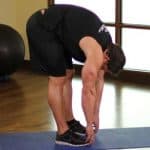
A better option is to stretch the back of the legs in the seated position.
Seated shoulder press machine
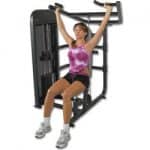
Seated leg extension machine
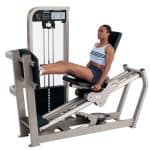
Anything that is too heavy
It can be tempting when starting a strengthening routine to head straight for the weight that the person next to you is lifting, however, this can be a sure fire way to injure yourself and put an end to your gym visits for quite some time. Lifting weights that are too heavy puts strain on your muscles that they are not yet developed enough to handle, which can lead to injury. It is essential to start with light weights and gradually build up in weight as your strength improves.
It is also important to remember that sometimes exercising using your own body weight or resistance bands can be just as effective in strengthening and toning your body and carries less risk of injury that weight machines and free weights.
When working out at the gym, good technique on both weight and cardio machines is essential to prevent injury and make sure the exercise is actually achieving its desired purpose. Always consult with a trainer as to how to operate machines and carry out exercises correctly to minimize injury risk and start small to begin with.
References used in this article

